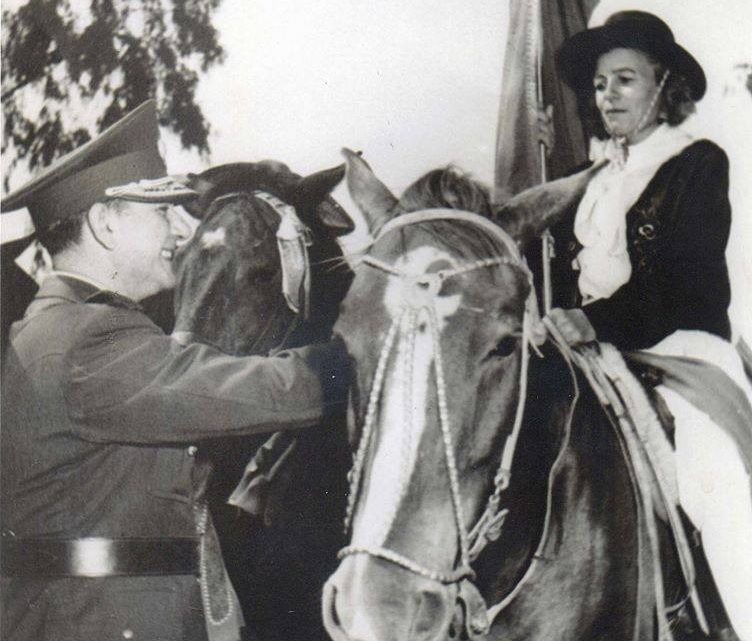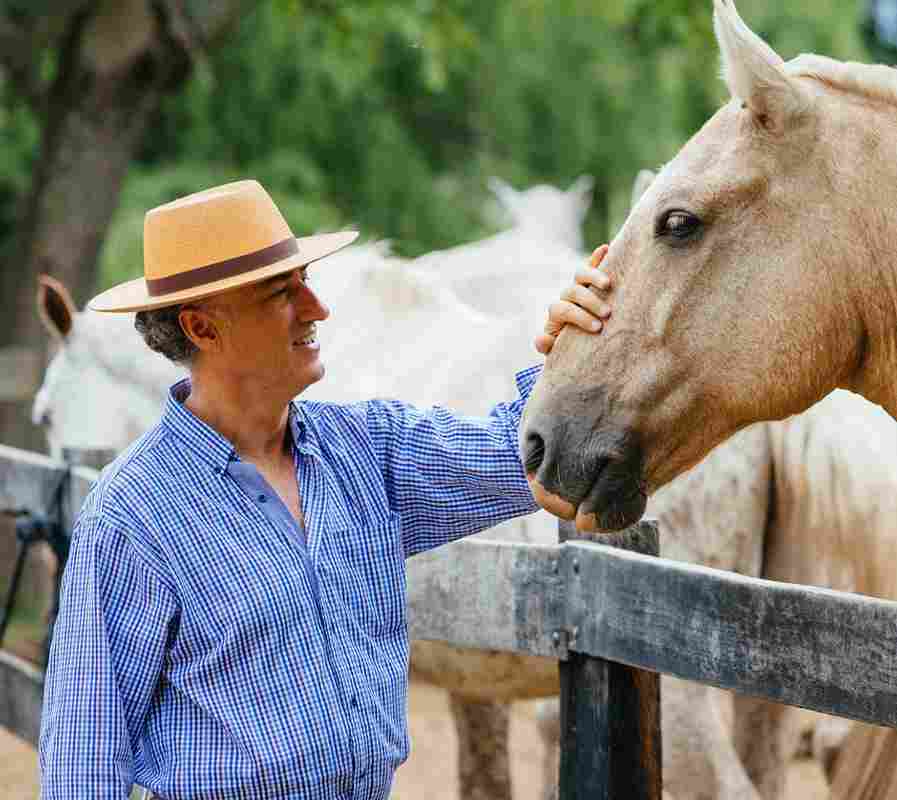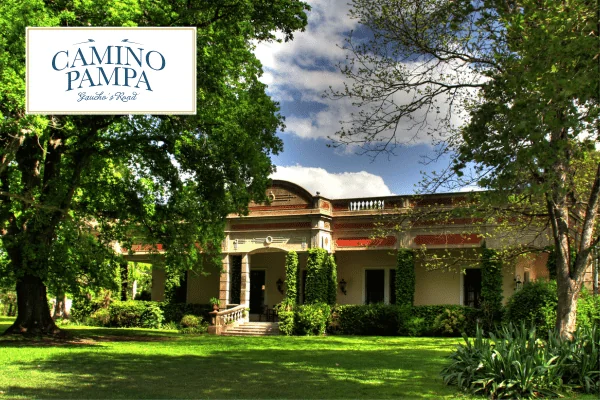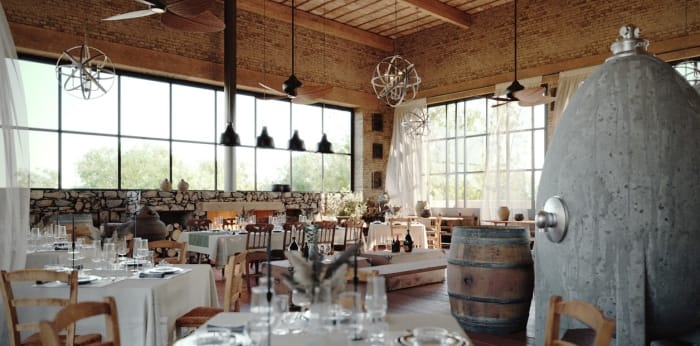Ana Beker: The Horsewoman Who United the Americas on Horseback


More than 70 years ago, when GPS and social media didn’t exist, an Argentine woman embarked on a journey that still leaves us speechless. Her name was Ana Beker, and her dream was as bold as it was poetic: to unite Buenos Aires with Canada on horseback.
With nothing but a saddle, a pen, and an unbreakable will, Ana began her journey in 1950 from Plaza Congreso in Buenos Aires. She covered more than 17,000 kilometers riding her loyal companions: Gato and Mancha, two Criollo horses who became her travel partners and part of the legend.
At a time when being a woman and an adventurer was almost a political statement, Ana not only rode across the continent’s geography: she crossed social, cultural, and mental borders. Her passage through towns, hills, plains, and mountains left a mark not only on the roads, but also in the memories of those who met her.
Her final destination was Ottawa, Canada, a city where she arrived to honors and applause, and where she left testimony of her feat as a symbol of the union of the Americas. What for many was madness, for Ana was a declaration of freedom. In addition to being a horsewoman, she was a writer and journalist. She recounted her experiences, left behind travel chronicles, and above all, inspired generations of women travelers who saw in her a brave and poetic figure, capable of defying time, weather, and prejudice.

A Journey Without Precedent
Ana Beker’s journey wasn’t improvised. She prepared for months, training physically, conditioning her horses, and studying possible routes. She began her expedition intending to prove that the human spirit, when driven by a deep cause, can go as far as it sets out to.
She traveled through various regions of Argentina, crossed into Bolivia, Peru, Ecuador, Colombia, Panama, Costa Rica, Nicaragua, Honduras, El Salvador, Guatemala, Mexico, and finally the United States, until she reached Ottawa, Canada. Not everything was a bed of roses. She faced extreme weather conditions, inhospitable routes, moments of hunger, illness, and even skepticism from border authorities. But she was also warmly welcomed by rural communities, mayors, farming families, and the media, who saw her journey as a historic event.
Who Was Ana Beker?
Ana wasn’t an amateur. She had grown up in contact with horses and nature. She was a journalist, a writer, and a lover of challenges. Her goal was not only to cross the continent but to create a symbol of unity among the peoples of the Americas.
Through her writings, letters, and interviews, she recounted each stage of her journey. Her narrative style was clear, sincere, and rich in detail. She wanted to leave a record of her experience not as an act of ego, but as a testimony for future generations.

The Historical Context
The 1950s were not easy times for women. Female participation in public life was limited, and many conservative ideas about their role still prevailed. In that context, what Ana did was a political statement without using speeches: she simply did it. She rode, she advanced, she persisted. And that was enough to shake the molds of the time.
In many countries she visited, she was treated with respect, but also with surprise. “A woman alone, traveling on horseback through the Americas” was an image not easily understood. However, her strength and clarity of purpose dismantled prejudices.
Gato and Mancha: Legendary Companions
Gato and Mancha were no ordinary horses. They were Criollo horses—resilient, noble, and deeply connected to their rider. Together they faced all the obstacles of the journey. At one point, Ana had to temporarily separate from them due to logistical reasons, but she always reunited with her companions. Their relationship was a display of mutual trust and a way of understanding the journey as something shared.

Recognition and Legacy
When she arrived in Ottawa, she was received with honors. Her journey was covered by the media, documented in chronicles and photographs. But as often happens with trailblazing figures, her story became somewhat sidelined over time.
Today, thanks to a renewed interest in recovering the stories of women who broke the mold, the name of Ana Beker is resurfacing with strength. Her example serves to inspire not only women, but anyone who feels a deep calling to do something different, authentic, and meaningful.
What Did This Journey Mean for History?
Ana Beker’s impact can be understood on many levels. On one hand, it was a milestone in the realm of travel and exploration, comparable to other great equestrian journeys. On the other, it set a precedent for female empowerment and the ability of a woman to take risks and occupy public space with autonomy. Her story is also a way to think of travel not just as physical movement, but as a process of transformation, cultural exchange, and learning.

The Reflection of Her Legacy Today
Ana Beker was a pioneer. Her journey had a strong impact on 1950s society, not only because of the scale of the challenge but because it was carried out by a woman. In an era when women’s roles were confined to the home and family environment, her decision to undertake an international horseback journey broke all pre-established molds.
Her presence throughout the continent sparked the interest of the press, authorities, and many people who saw in her an example of determination. In several countries, she was received by institutions and figures who understood the symbolic importance of her passage. Beyond the physical adventure, what Ana did was demonstrate that a woman could occupy spaces of visibility, autonomy, and leadership in a context where that was not common. Today, her story remains relevant and takes on new meanings. In a world that continues to debate the role of women in society, Ana Beker’s legacy becomes a historical reference to reflect on freedom, equal opportunity, and the right to choose one’s own path.

Share in socials
WANT TO KNOW THE 'GAUCHO ARGENTINO'? BOOK A TOUR!
You may also be interested in:

Why This Gaucho Experience Stands Out from Other Estancia Tours in Buenos Aires
Some people have been asking us about our higher price compared to other Gaucho/Estancia Tours in Buenos Aires.You’ve probably traveled…
Ana Beker: The Horsewoman Who United the Americas on Horseback
More than 70 years ago, when GPS and social media didn’t exist, an Argentine woman embarked on a journey that…
Estancia Vigil: A Testament to Argentine Winemaking Excellence
How did Alejandro Vigil's journey in winemaking begin? Alejandro Vigil's passion for viticulture ignited during his formative years in Mendoza,…


